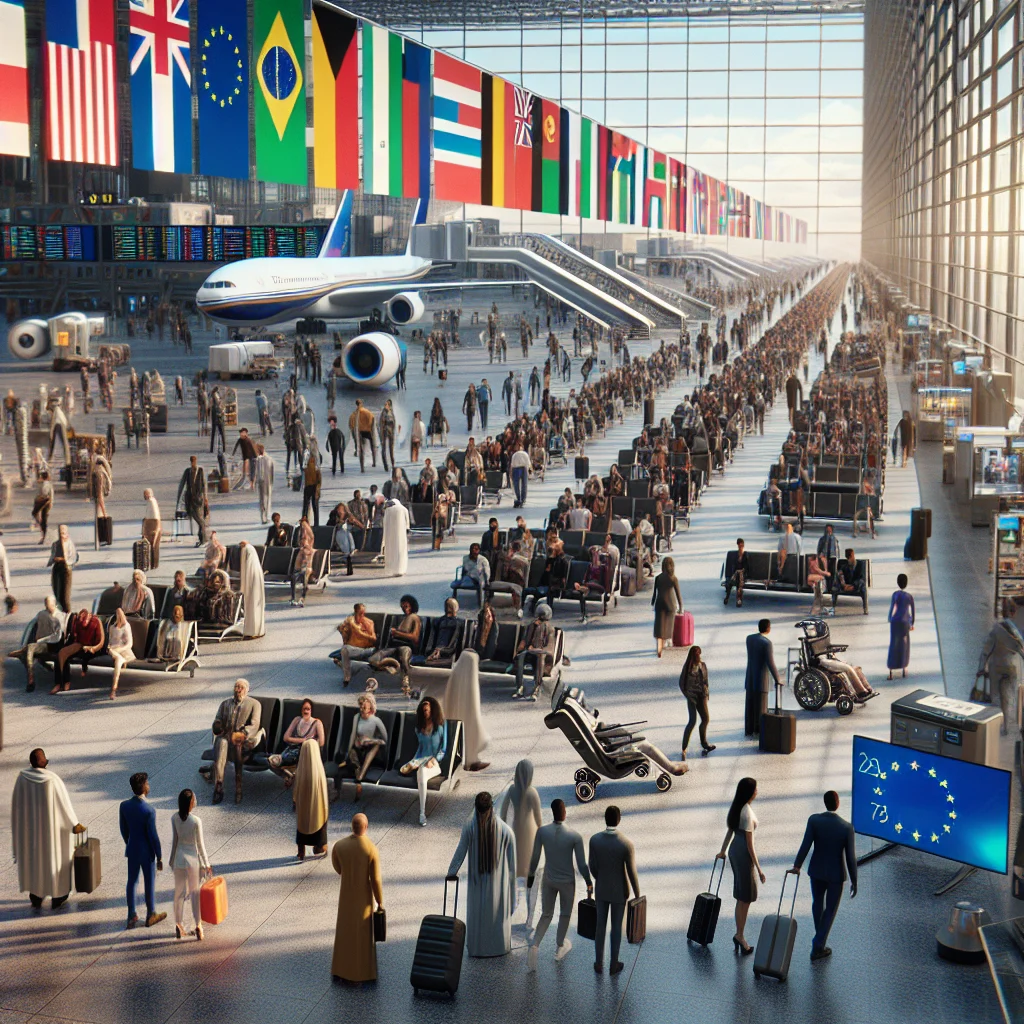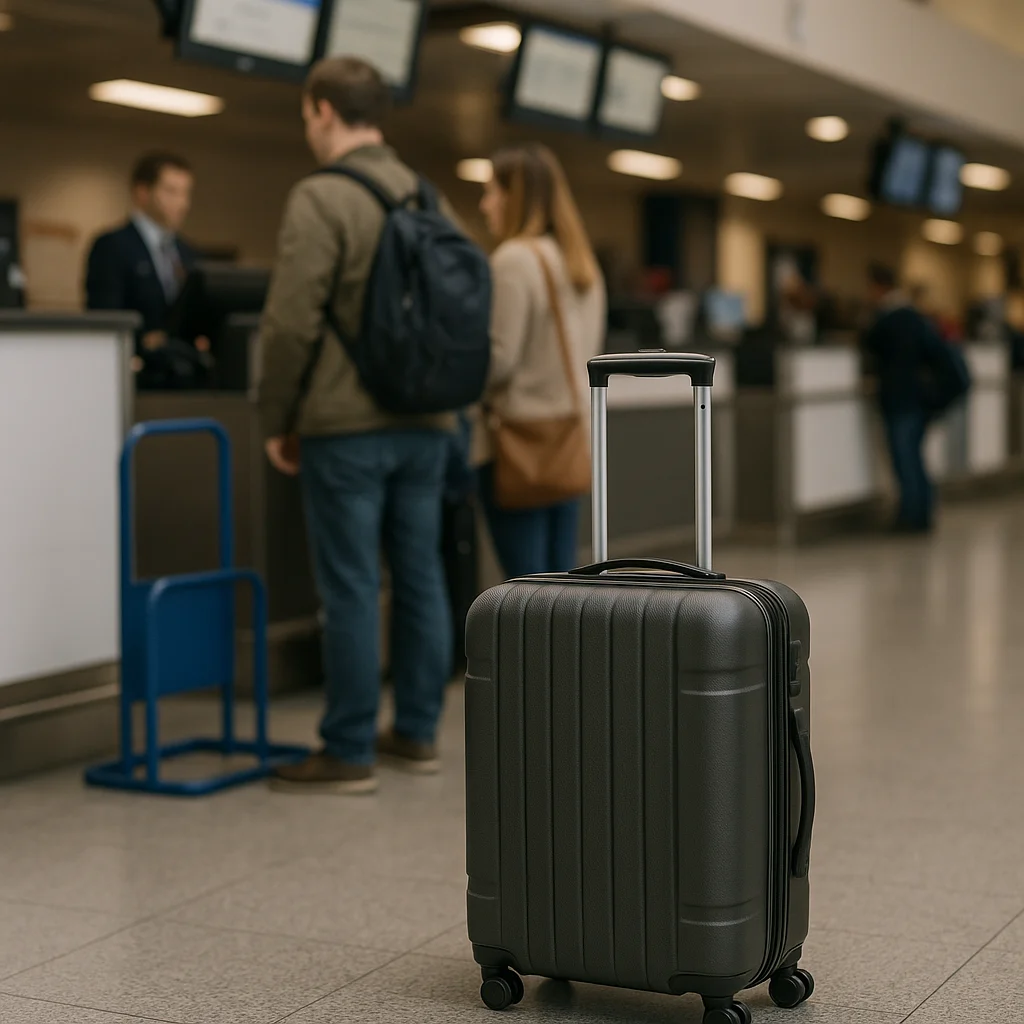Understanding the Upcoming Changes in Schengen Rules for 2025
The Schengen Area, known for its border-free travel among member countries, is set to introduce significant changes to its entry regulations in 2025. These updates aim to enhance security, streamline traveler flow, and modernize the border management system. For millions of tourists, business travelers, and expatriates, understanding the new Schengen rules is critical to ensure a smooth and hassle-free journey. This article breaks down what travelers can expect, how to prepare in advance, and the broader implications of these changes.
Key Modifications to Schengen Entry Rules
The 2025 reforms in Schengen rules will impact who can enter, how they do it, and the documentation required. Here are the major highlights of these changes:
Introduction of the ETIAS Authorization System
One of the most talked-about adjustments is the mandatory use of the European Travel Information and Authorization System (ETIAS) for visa-exempt travelers.
– ETIAS will require travelers from visa-free countries to apply online for travel authorization before entering the Schengen Area.
– The application process is expected to be quick, with approvals typically delivered within minutes or days.
– ETIAS is designed to pre-screen visitors for security risks, helping authorities detect potential threats before arrival.
Enhanced Digital Verification and Automated Border Control
Technology will play a bigger role in border checks, making the entry process more efficient.
– Automated gates equipped with biometric verification will become more widespread at key entry points.
– Digital passports and biometric data will be critically important, requiring travelers to ensure their documents are up to date.
– This shift combines security with convenience but emphasizes compliance with digital requirements.
Who Is Affected by the New Schengen Rules?
Understanding who must comply with the evolving Schengen rules is essential for all prospective visitors.
Visa-Exempt Travelers
Travelers from countries that previously did not require a visa must now obtain ETIAS authorization.
– Nationals from more than 60 countries, including the United States, Canada, Australia, and Japan, are affected.
– This pre-travel clearance is mandatory even for short stays under 90 days for tourism, business, or transit purposes.
Visa Holders and Residents
Though ETIAS primarily targets visa-exempt travelers, visa holders and residents should also note changes.
– Extended validation periods and digital tracking may apply.
– Broader interoperability between national and Schengen databases is expected to improve monitoring entry and exit compliance.
How to Prepare for the 2025 Schengen Entry Changes
Preparation will be key for travelers to navigate the new Schengen rules smoothly. Below are practical steps you can take:
Obtain ETIAS Early
Apply for ETIAS well before your planned travel:
– Start the application process at least 72 hours before departure.
– Confirm that your passport is biometric and valid for at least three months beyond the intended stay.
– Keep a digital or printed copy of your ETIAS approval during travel.
Check Official Information Sources
Stay updated by consulting official government websites and trusted travel portals to avoid fraudulent sites.
– The official ETIAS website (https://www.etias.com) provides the most accurate details.
– Airlines often require ETIAS verification before boarding, so keep them informed.
Review Your Travel Documents
Ensure every document meets the new digital standards:
– Passports must include biometric chips.
– Visas, if applicable, should be validated and linked electronically to your identity.
Implications for Tourism, Business, and Migration
These new Schengen rules bring broader implications beyond individual travelers.
Enhancing Border Security Across the Schengen Area
The primary goal is to bolster security by pre-screening visitors to mitigate risks like illegal stays or security breaches.
– The improved data exchange and ETIAS screening help identify high-risk travelers.
– This innovation supports member states’ efforts to maintain stability and public safety.
Facilitating Efficient and Predictable Travel
Travelers will benefit from clearer, standardized entry requirements, which reduces surprises at border crossings.
– Automation speeds up immigration processes.
– Predictability aids travel agencies and businesses in planning.
Impact on Migration Patterns
Stricter entry protocols aim to manage irregular migration:
– Improved data sharing among member states discourages visa fraud and overstays.
– The policy balances openness with control, focusing on sustainable and safe movement.
Common Questions About the 2025 Schengen Rules
Addressing frequent queries can help avoid common misunderstandings:
Do I Need a Visa or ETIAS?
If you are from a visa-exempt country, ETIAS is mandatory from 2025 onwards. Otherwise, standard visa procedures still apply.
How Long Is ETIAS Valid?
ETIAS authorization is typically valid for three years or until your passport expires, whichever comes first.
Will ETIAS Replace Visas?
No, ETIAS supplements visa processes. It only applies to those who do not require a visa for short stays.
Preparing Organizations and Businesses for the Schengen Rules
Businesses involved in travel, hospitality, and services must adapt as well.
Inform Customers and Employees
Providing clear communication on the new entry requirements is crucial:
– Airlines and travel agents should update booking systems to request ETIAS info.
– Employers sending staff abroad need to confirm compliance to prevent disruptions.
Leverage Technology for Compliance
Companies should invest in software solutions that track ETIAS status and passport validity to streamline operations.
Partner with Official Channels
Cooperate with government portals and official ETIAS providers to ensure real-time updates and legitimacy.
Closing Thoughts on Navigating the New Schengen Rules
With the Schengen Area’s 2025 entry rules reshaping travel procedures, proactive preparation is essential for all travelers and businesses alike. By understanding the new ETIAS system, digital documentation requirements, and the broader security goals, you can ensure your trips proceed without delay or complication. Stay informed, verify your travel paperwork, and plan ahead to fully benefit from the updated Schengen rules.
For tailored assistance and up-to-date travel advice, consider contacting khmuhtadin.com—a reliable resource for smooth Schengen Area journeys. Don’t wait until your trip approaches; start preparing today to enjoy seamless, enjoyable travel across Europe’s border-free zone.




